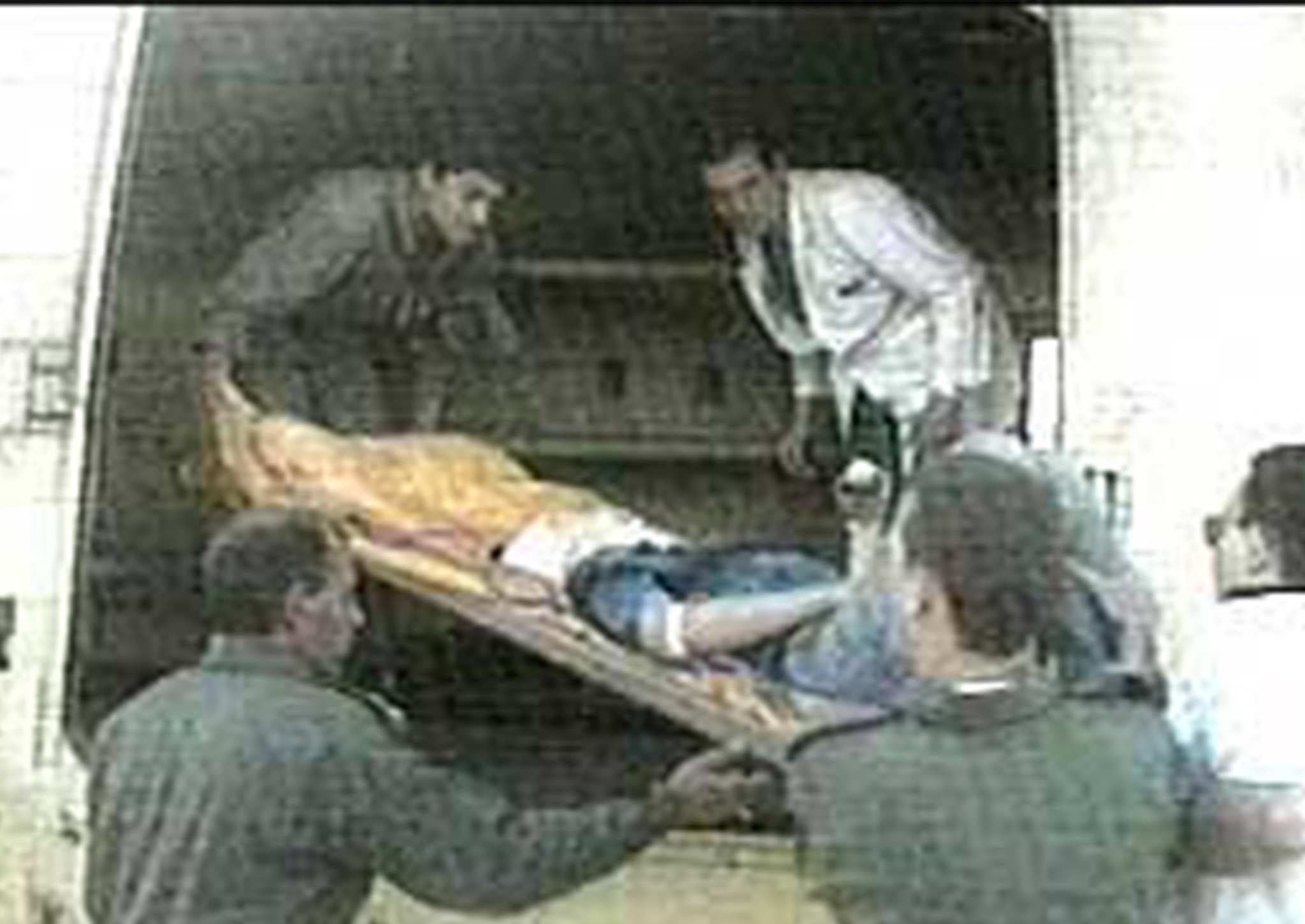Tunisia shooting: When Isis attacks a museum to destroy the 'culture of its disbelievers', what treasure of the Western world is now safe?
There have been attacks like this before, but this time it's not just peoples' lives in danger


Your support helps us to tell the story
From reproductive rights to climate change to Big Tech, The Independent is on the ground when the story is developing. Whether it's investigating the financials of Elon Musk's pro-Trump PAC or producing our latest documentary, 'The A Word', which shines a light on the American women fighting for reproductive rights, we know how important it is to parse out the facts from the messaging.
At such a critical moment in US history, we need reporters on the ground. Your donation allows us to keep sending journalists to speak to both sides of the story.
The Independent is trusted by Americans across the entire political spectrum. And unlike many other quality news outlets, we choose not to lock Americans out of our reporting and analysis with paywalls. We believe quality journalism should be available to everyone, paid for by those who can afford it.
Your support makes all the difference.Because of the ferocious reputation of Isis – created by the "Islamic Caliphate" but assiduously cultivated in the West – we forget that Wednesday’s attack is a mere copy of the far more ruthless assault on foreign tourists launched by Egyptian Islamists during the Mubarak era.
Horrific the toll of dead at the Bardo museum in Tunis certainly is – but it’s nowhere near the 62 men, women and children slaughtered at the 18th dynasty temple of Queen Hatshepsut at Luxor in 1997, when the "Gama’a Islamiya" was trying to destroy Egypt’s tourist economy. Dozens of other foreign tourists were killed during the insurgent campaign in Egypt, ten of them in a gun attack outside the Cairo museum of antiquities.
In those days – so keen were the UK and other Western governments to support the Mubarak regime – that few warnings to foreign nationals told them to stay away from Egypt. Mubarak promised to destroy "terrorism" – just as the Tunisian president did on Wednesday night – and the massacre at Luxor divided the Islamists and led, eventually, to a ceasefire.
In the previous years, gunmen had even opened fire at tourists ships on the Nile. But Mubarak’s intelligent agents responded by routinely torturing suspects with electrodes, lashing prisoners with steel wire and forcing them to rape each other.
Dare Tunis, the progenitor of the Arab revolutions of 2011, turn to such state criminality in order to crush its own Islamist revolution today? Or will it be encouraged to do so by the same Western nations which turned a blind eye to the cruelty of Mubarak’s security goons almost 20 years ago? Even more important, can Tunisia destroy an internal Isis-inspired army with deeper international roots than Mubarak’s enemies ever had?
There is little difference in the degree of brutality used by the two Islamist groups. In Luxor, six gunmen attacked dozens of tourists and hacked many of them to death. Women were found slashed with machetes. One disembowelled body was discovered to have a note inside the remains, praising Islam. Attackers stalked the wounded with knives in their hands. A five-year old British child was among those murdered.
Few of the tourists could have been unaware that only months earlier, 16 Greek tourists had been shot dead outside their Cairo hotel. In front of the Cairo museum, housing the funerary masks of Tutenkhamun, gunmen had thrown bombs at tourist buses, killing 10 of the occupants.

But in Egypt, the murderers showed no interest in the historic buildings or museums of artifacts which they selected as their killing-grounds. The history of ancient Egypt merely provided targets of opportunity.
But before the assault on the Bardo museum in Tunis with its displays of Roman mosaics, statues of Roman emperors and Punic relics from Carthage – all available to the public at £4 a ticket — an Isis website made an ominous warning. Apparently prefiguring the massacre, an Isis-style Tweet promised “a shock to the disbelievers and the hypocrites” – standard vitriol for non-Muslims – but it added that its attack would be directed “especially (at) those who claim to be cultured.”

Coming from a group which has burned and bulldozed churches and Islamic shrines in Iraq, axed 3000-year old statues in the Mosul museum and boasted of destroying the ancient city of Hatra, the Tunis Tweet is a warning to be taken at face value.
Whether the tourists of Tunis regarded themselves as "cultured", it is the word "culture" itself which has attracted the destructive impulse of Isis, the very same Salafist hatred of foreign Gods that prompted the Taliban to blow up the ancient Buddhas of Bamian in Afghanistan in 2001.
There have already been a few crazed promises on the Internet to destroy the Sphinx and the Pyramids of Egypt – the latter a considerable project of immense tedium if Islamists really intend to erase them – but when Isis attacks a foreign museum because of the "culture" of its visitors, what artifact or treasure of the Western world is now safe?
Human lives are more precious than planets – we all know that – but is Michaelangelo’s "Pieta" still safe in St Peter’s? Or "David" in the Duoma? Or the British Museum? For shock value, it’s still impossible to beat Conrad’s "Secret Agent", a study of "terrorism" in which the target turns out to be a symbol of scientific discovery: the Greenwich Observatory.